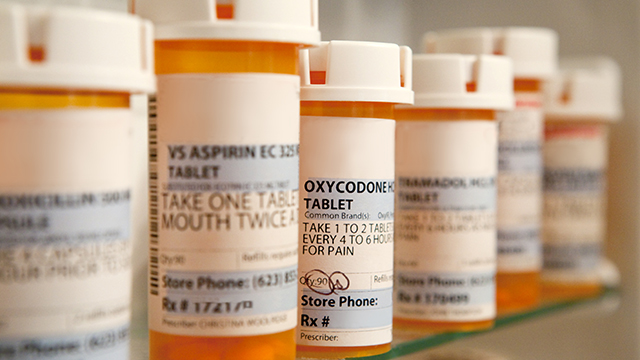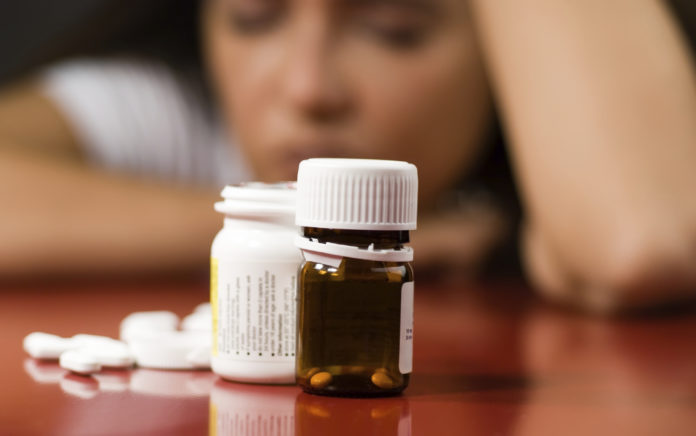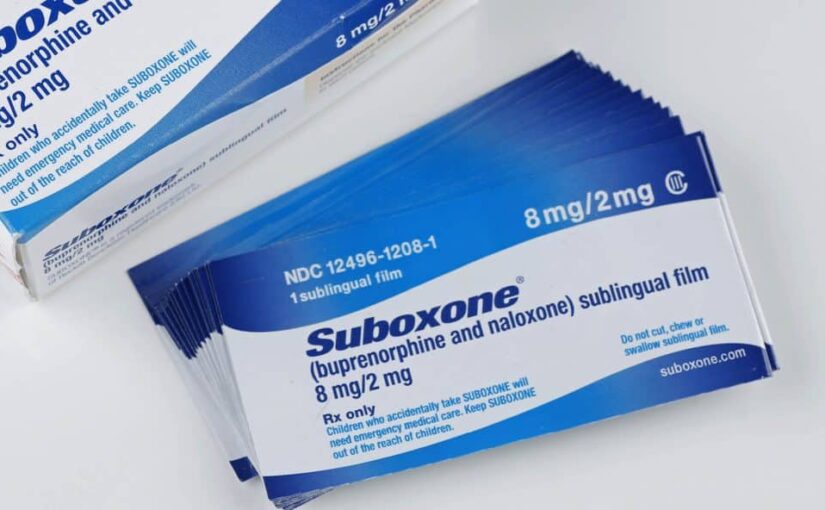What is Suboxone?
Suboxone is a prescription drug for treating opioid addiction. The drug contains the components buprenorphine and Nico tyrosine. Buprenorphine blocks Opioids and reduces recurrent urges. Naloxone also reverses opioid side effects. Together the two medications are effective in stopping withdrawal syndrome from an opioid addiction. Suboxone was first used as a treatment drug for opioid addiction. Currently they are mainly used over methadone, which has habitual effects.
A Guide To Opioid Treatment Programs
The addiction crisis across the United States has garnered headlines for several years. Overdoses and misuse of opioids have caused a lot of grief to families and communities across the country.
Based on The Department of Health and Human Services (HHS) The HHS report states that high doses of synthetic opioids across the United States claimed the lives of 48,006 individuals in the 12-month period that ended on June 30, 2020. Around 10 million people used prescription opioids during that period.
The prices of these programs differ greatly. Some programs use Medicaid as well as federal military health insurance and others only accept self-pay or health insurance from private companies.
What’s important to remember is that locating one that offers a treatment for opioids will enhance your life quality. It could also help you save yourself from an unintentional overdose.
The programs for treating opioid disorders are different however, they consist of:
- A review of your medical background
- A review of your past of use of opioids
- A physical exam
- Drug screening
Additionally, you’ll meet with a counsellor to discuss your individual treatment plan as well as review the policies and expectations to the program.
Treatment programs typically include the supervision of the use of medication to assist:
- lessen opioid cravings
- help with withdrawal symptoms
- reduce the adverse effects of other opioids
- decrease the risk of overdose and death.
The programs also usually contain some form of therapy for behavior.
The Substance Abuse and Mental Health Services Administration (SAMHSA) states that medicines for OUD are efficient and safe when used in a proper manner and should be provided to all patients suffering from OUD.

Medications
The three drugs that have been approved by the Food and Drug Administration (FDA) to treat OUD are:
Methadone as well as buprenorphine both are opioids. When taken under medical supervision, they may help with the severe cravings and withdrawal symptoms experienced by those suffering from OUD who take other opioids like hydrocodone or oxycodone.
A report from 2021 from NIDA in 2021 National Institute on Drug Abuse (NIDA) states that buprenorphine and methadone are equally efficient for treating OUD. However, the most effective results usually depend on the duration of the treatment.
A study from 2020 in particular, for instance, indicates that those with OUD who were treated with buprenorphine for 12-months had more likely to not use opioids than people who received treatment for two weeks or less.
Naltrexone isn’t an opioid, as are the other two drugs. It is also utilized to treat alcohol-related disorder as it can effectively block adverse effects caused by alcohol as well as opioids. By affecting alcohol’s “high” that opioids and alcohol give, naltrexone reduces the desire for these substances.
Therapy for behavioral disorders
Interventions like cognitive behavioral therapy (CBT) can help to reduce the use of opioids. CBT is focused on changing how you approach the situation, and removing unrealistic and harmful beliefs. It helps you feel more relaxed and improve your overall behavior and more real.
Other services
Since OUD is often linked to other medical conditions Certain treatment programs provide additional services, like treating alcohol dependence and other addiction disorders. Certain people who inject substances also share needles, and certain programs offer screening for HIV Hepatitis B and C as well as treatment if needed. Certain programs also provide harm reduction services for example, providing safe injection supplies or needle exchange.
Cost
The cost of treatment with opioids are often prohibitive for many individuals. A study released in 2018 by the Kaiser Family Foundation noted that one year of inpatient OUD treatment can cost greater than $15,000. Certain programs are much more expensive than the figure.
Costs for outpatients vary greatly dependent on the medication along with the quantity of therapy required. A NIDA report in 2021 estimated that a year of daily outpatient methadone treatment, as well as supported services that integrate them could run more than $6500.
The insurance coverage of treatment programs for opioids as well as other substances has increased in recent times. A lot of programs are covered, at a minimum through Medicare, Medicaid, or private insurance companies. In the Affordable Healthcare Act (ACA) declared the treatment of substance abuse disorders among the vital health advantages that have to be included in every health insurance plan sold through the exchanges for health insurance or offered by Medicare.
Stigma
Some of the stigmas associated with OUD may hinder patients seeking treatment and getting it completed.
The most common belief is that medicines such as buprenorphine or methadone are simply substances that can take over one addiction and replace it with another. They actually have different effects on the brain. When they are used as part of an authorized, monitored OTP they can be incredibly effective in treating OUD.
There is also a common perception among the public that OUD is a sign of a weakness in a person’s character. A 2017 national survey found that 3 out of 4 people believe that those suffering from OUD are at fault for their condition. According to research conducted in 2016 even health professionals who interact regularly with those suffering from OUD believe this way.
The public’s perception of the issue is changing. A recent study from Virginia found that 8 out of 10 people favored increasing OUD programs that are based on community. The study concluded that it is crucial to continue to educate the public about the characteristics of OUD.
Suboxone Uses, Abuse Potential & Addiction Treatment

Suboxone is a opiate medication commonly used in medication-assisted therapy for the opioid addiction disorder (UD). This drug can help stop people from using the opioids as well as reduce craving. I am unsure what is the best drug for preventing opioid use. Continue reading for more information on Suboxone treatment and how to find an addiction treatment center.
Suboxone Treatment: Uses, Side Effects & Addictions
Suboxone can help diagnose a patient with opioid dependence by treating the symptoms. Medical devices are becoming increasingly common in managing OUDs. When someone enters rehab for an opioid dependency, MAT can help to support a comprehensive treatment plan. Besides medication, Suboxone MAT also provides counseling and psychological therapies for treatment of addiction problems. Suboxone can help treat OUD if taken properly. When used properly, it has low potential for overdose because the opioids’ maximum effects are discussed previously.
Alternatives to Suboxone
Alternative medicines exist for reducing opioid dependence. Talk to the doctor to find the most appropriate option for you. Buprenorphine – Naloxone, Methadone.
What happens if I overdose?

Seek immediate medical treatment. In some cases, an opioid overdose is fatal. Symptoms of overdose may be characterized by extreme dizziness or headache.

